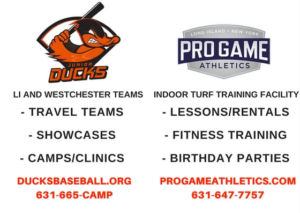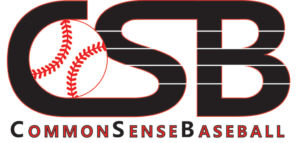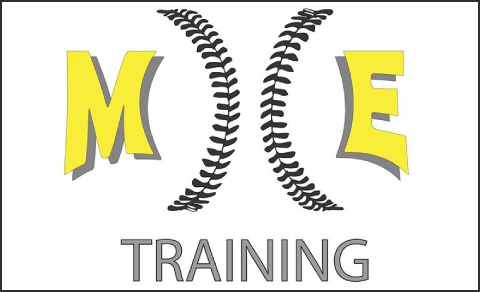LOWER BODY MOBILITY TRAINING: What Will a Baseball Player Lose Over the Season?
Jarad Vollkommer, CSCS
In last week’s article, I discussed what you should be focusing on in your off-season program. This week’s article is dedicated on mobility training, and knowing the WHY behind your program decisions.
I think it’s important to constantly re-assess before entering an offseason program: where are you stiff, where are you hypermobile, and where do you have pain (if there is any present).
Over the course of a long season, baseball players (pitcher’s in particular) will lose some shoulder internal rotation and elbow extension due to the violent nature of throwing a baseball.
You will most likely see a decrease of overhead mobility due to some shortened tissues of the upper torso. Attacking these mobility concerns will allow the player to first have a more controlled range of motion, and second be able to regain some strength in this new functional range of motion.
At the lower half of the body, pitchers will lose internal rotation in their back leg, and catchers will get some cranky hips at the end of a long season.
Again, re-assessing before an offseason program can give further insight on where you are stiff/hypermobile, and where you have some motor control issues.
Here are some lower body mobility circuits that can be performed daily to restore general, overall range of motion for the baseball player.

General Lower Body Mobility Circuit
- Foam Rolling
We use foam rolling as a form of self-myofascial release. I know it’s a weird science-y term, but think of myofascia as a fishing net that surrounds your muscles. When our muscles become over active/toned, this netting tends to get pretty sticky to the surrounding tissues.
Foam rolling allows the muscles to decrease tone with the use of autogenic inhibition (applying stress to the muscle that results in muscle relaxation).
Foam rolling before any dynamic activity will hopefully “reset” your joints to be in a more optimal alignment for more advanced movement.
Foam rolling is great for improving mobility and decreasing muscle adhesion. However, we do not want to foam roll any areas of recent injury, as this will only create a greater inflammatory response.
- Straight Leg Lowering w/ Banded Resistance
- Supine Hip W’s
- Hip Rockers
- Quadruped Glute Mobilization
- Quadruped Lateral Glute Rocking
- Kickstand Lunge Rolls
- Quadruped Frog Rocking
- Open Half Kneeling Hip Separators
The Separators are my favorite of the lower body series because we came up with it one late night at Infiniti Sports Performance (Bellport, NY). It’s an excellent exercise that because baseball-specific because of the separation form the upper torso from the hips to get a full “3D” stretch.

There is some research with static stretching in the lower body on power output. Most of the results seems to agree that a good amount of stretching prior to strength training decreases muscle activity, therefore power output will be suboptimal.
However, if you are a player that is VERY stiff and cannot move properly, I think adding in a good amount of volume of stretching and mobility exercises is necessary for the beginning phase of an off-season program.
Rather than performing these entire mobility circuits, you can also use a “plug-and-play” system with your strength exercises. This allows for greater time efficiency rather than just resting between your sets.

Like Gray Cook says, we don’t want to build on top of dysfunction. Before focusing on gaining mass and strength, try focusing on your individual tissue needs so that your body can move properly with more advanced movements.
For the advanced “Hip Rocker Series”, click the link to access the full article!










